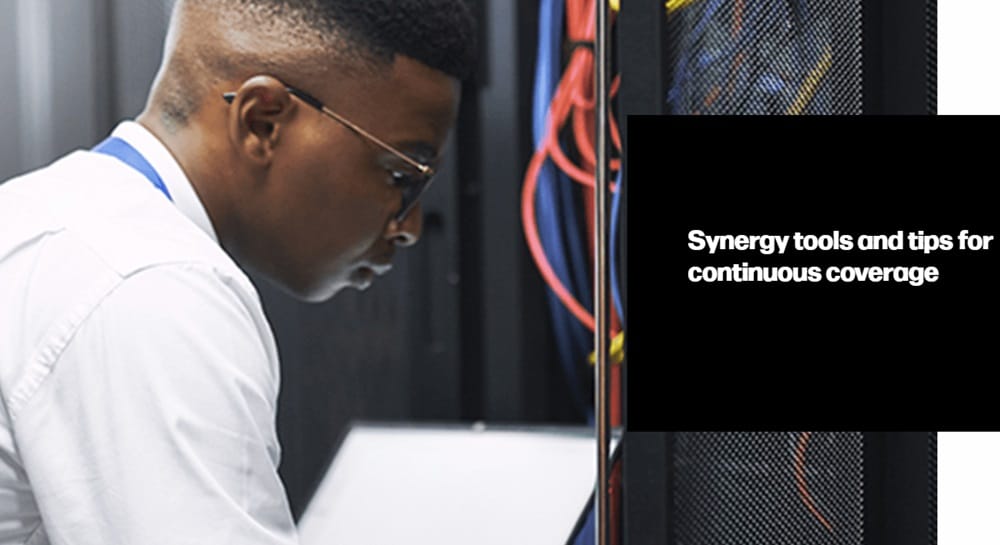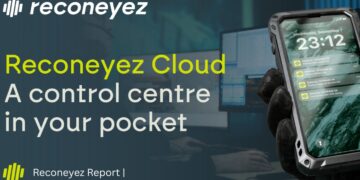When surveillance is critical to safety, security, or efficient service and operations, Synectics knows that avoiding potential downtime or data loss is essential. Here, in this blog from the leader in advanced security and surveillance systems, are some tools and tips to help ensure you never miss a thing.
- Application replication for continuous control – Application replication and failover means your Video Management System (VMS) is replicated onto a backup server should the primary server fail.
This should be set up so devices normally connected to your VMS divert to the backup. Even if your primary VMS server fails, you still have a fully functioning system. With Synergy, all devices automatically fail back to the primary server once the issue has been resolved, essentially delivering uninterrupted control.
For organisations that require constant situational awareness, application failover is strongly advisable. It is the best way to ensure you maintain the ability to view live footage.
- Recording failover for regulatory compliance – Recording failover is narrower in scope but of great importance. Where this measure is in place, recording automatically re-routes (hot swaps) to an alternative device should the usual storage unit or device fail.
With Synergy, the system tracks redirects, ensuring the location of footage is always known and available to operators. If storage space is limited, hot swap recording can also be prioritised based on the importance of specific cameras.
Recording failover is particularly relevant for organisations in tightly regulated sectors where any footage loss can result in fines. It is also important for continuous evidence capture should footage be required as part of criminal investigations.
Edge recording as a redundancy measure
Edge recording is another common type of recording failover, where cameras record locally to SD cards or internal hard drives to mitigate the risk of data loss in the event of a network failure.
Did you know that with Intelligent Edge Recording, it’s possible to do this without continuously recording locally ‘just in case’, which can be expensive regarding replacement SD cards, etc.? Camera footage can then be automatically backfilled to the system once the network is restored.
- Alternative options should the power supply fail – To avoid data loss and downtime caused by power failure, it is worth considering adopting devices that employ ‘hot standby power,’ i.e., the ability to draw power from an alternative source.
For cost and practicality, many organisations do this on a priority basis, ensuring the most vital devices can switch power sources if required.
One thing to keep in mind: Some IP cameras with hot standby power capabilities can trigger a reboot response that may result in downtime. It’s worth checking with your supplier to guarantee that your most critical cameras will switch power seamlessly.
- Tools that flag potential risk – Prevention is better than cure, so tools that allow you to identify early indications of hardware, software, or cyber security issues are vital to system resiliency.
With Synergy, PSN status dashboards enable users to check system health at a glance for swift troubleshooting and proactive device management. Tools such as the Asset Register provide an easy way to check what devices are installed, how they are configured, and that software versions are consistently applied. This avoids compatibility issues that could lead to data loss.
It’s also important to ensure cyber security measures are properly applied. Synergy’s Secure Check makes this simple by guiding the user through key actions that improve cyber resiliency – from password configurations to encryption settings.
- Remote access in an emergency – Finally, remote access is worth considering, perhaps more in terms of operational continuity than as a pure redundancy measure.
Surveillance solutions accessed securely via web-based login or mobile applications are primarily implemented as proactive tools – to collaborate more effectively with colleagues in the field, coordinate incident response, or support multi-site management.
But the fact that they support ‘anytime, anywhere access’ also means that should control rooms be compromised or inaccessible (for instance, in the event of a complete site evacuation), control of surveillance and security systems can be maintained remotely.
For more surveillance news, click here





